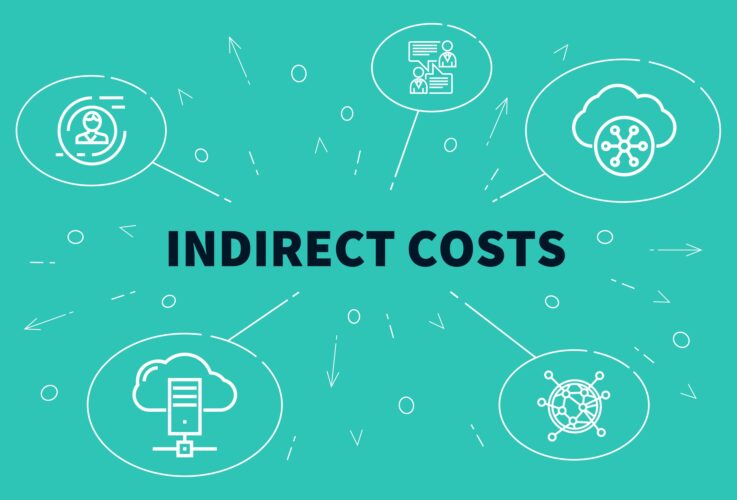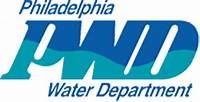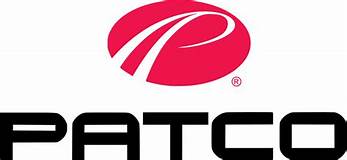Our focus on government entities allows us to provide highly specialized services in this area. We have built a reputation on working closely with all levels of government and delivering professional services that provide transparency to meet regulatory and reporting requirements.
Government & Nonprofit Entities
Audits of Local Governments,
Authorities & Nonprofits

Nonprofit Entities

Holmes & Company, LLC has a wide‐ranging knowledge and experience in providing auditing and other services to nonprofit organizations that receive funding from the federal government, state and local grants, foundations, individuals and corporations. Our work within the nonprofit sector provides board members, donors and other stakeholders with the confidence that financial statements are fairly presented and that internal control issues are properly addressed.
Preparation & Review
of Indirect Cost Allocation Plans

If a Grantee wishes to be reimbursed for its indirect costs under a Federal award it must substantiate those costs with an indirect cost calculation. The calculation is in the form of a cost allocation plan/indirect cost proposal. There are three types of cost allocation plans presented in 2 CFR Part 225.
The term ‘cost allocation plan’, as defined in 2 CFR Part 225, means central service cost allocation plan, public assistance cost allocation plan, and indirect cost rate proposal. Public assistance cost allocation plans relate to State public assistance agencies.
“Central service cost allocation plan” means the documentation identifying, accumulating, and allocating or developing billing rates based on the allowable costs of services provided by a governmental unit on a centralized basis to its departments and agencies. The costs of these services may be allocated or billed to users. Many governmental units that provide centralized services to its departments or agencies may incur indirect costs that could be allocated or billed to grantees.
“Indirect cost rate proposal” means the documentation prepared by a governmental unit or component thereof to substantiate its request for the establishment of an indirect cost rate as described in Attachment E of 2 CFR Part 225.. The indirect cost rate proposal is a financial document, at the operating agency level, which distributes the indirect costs of that agency to the programs (and the grants and contracts) that benefit from them.
2 CFR Part 225 requires that the indirect cost rate proposal be submitted to a Grantee’s Federal cognizant agency for approval.
Indirect Cost Rate Audits

The purpose of an indirect cost proposal review is to assure that the amounts claimed by a federal grantee for its indirect costs meet the criteria contained in 2 CFR Part 225 or FAR 31 as a condition for reimbursement.
That is, that the costs are:
- Necessary and reasonable for the conduct of grant supported programs (and other Federal programs performed by the recipient grantee, if there are any),
- Permissible under the terms of the award(s), and not otherwise unallowable under 2 CFR Part 225.
The depth of a review is dictated by the acceptable level of risk of improper charges and payments in a given situation. Risk is measured by such factors as:
- The amount of Federal funds involved and the potential overpayment that could result from improper indirect costs claims,
Agencies Through HUD


Government Agencies





